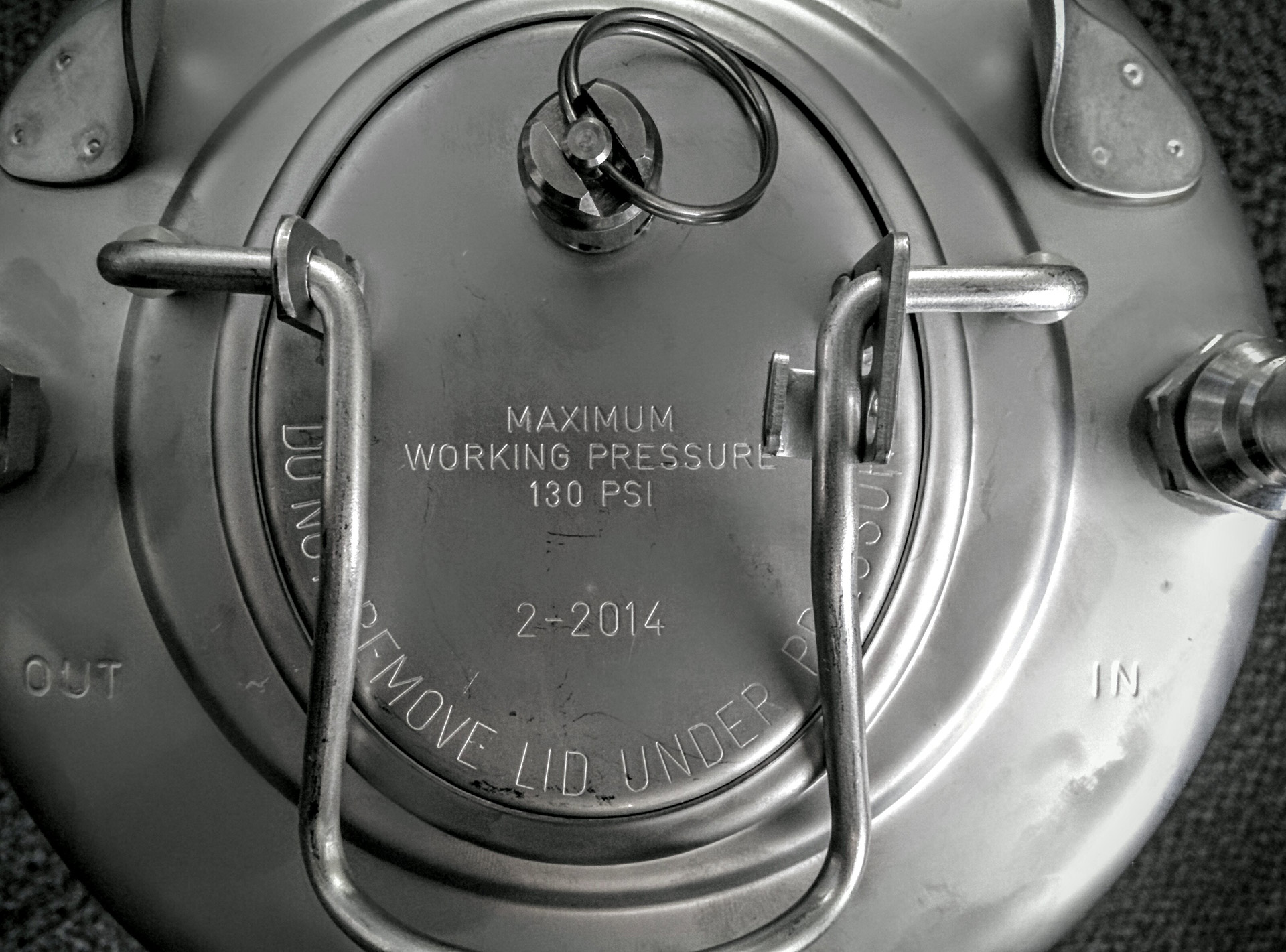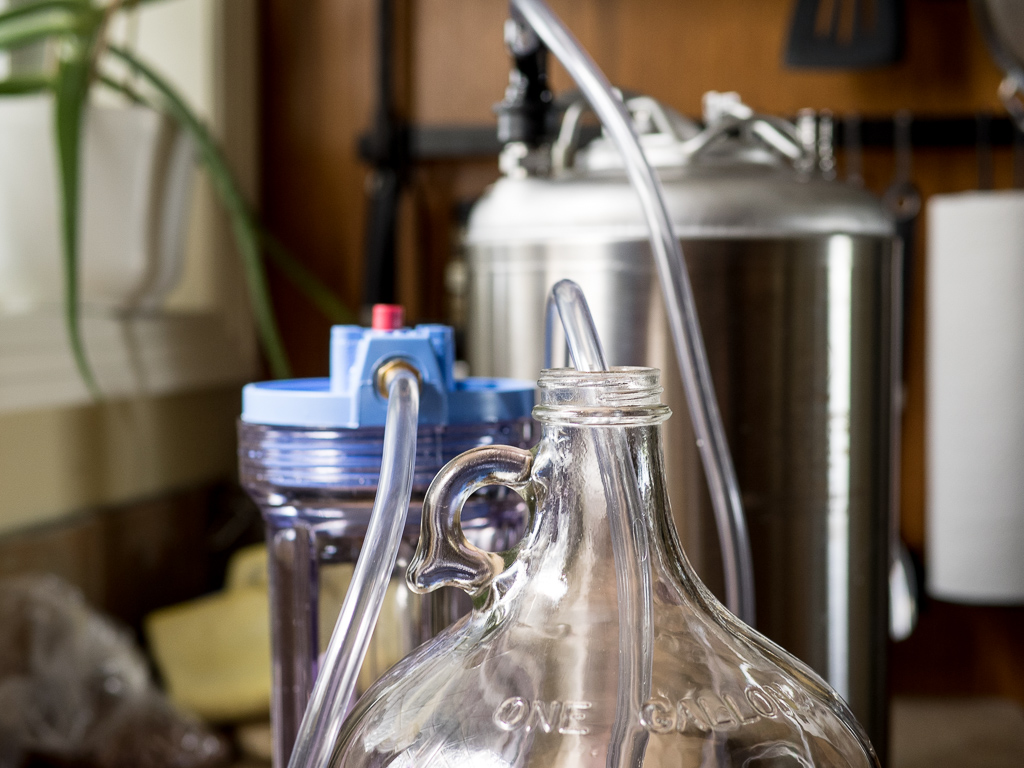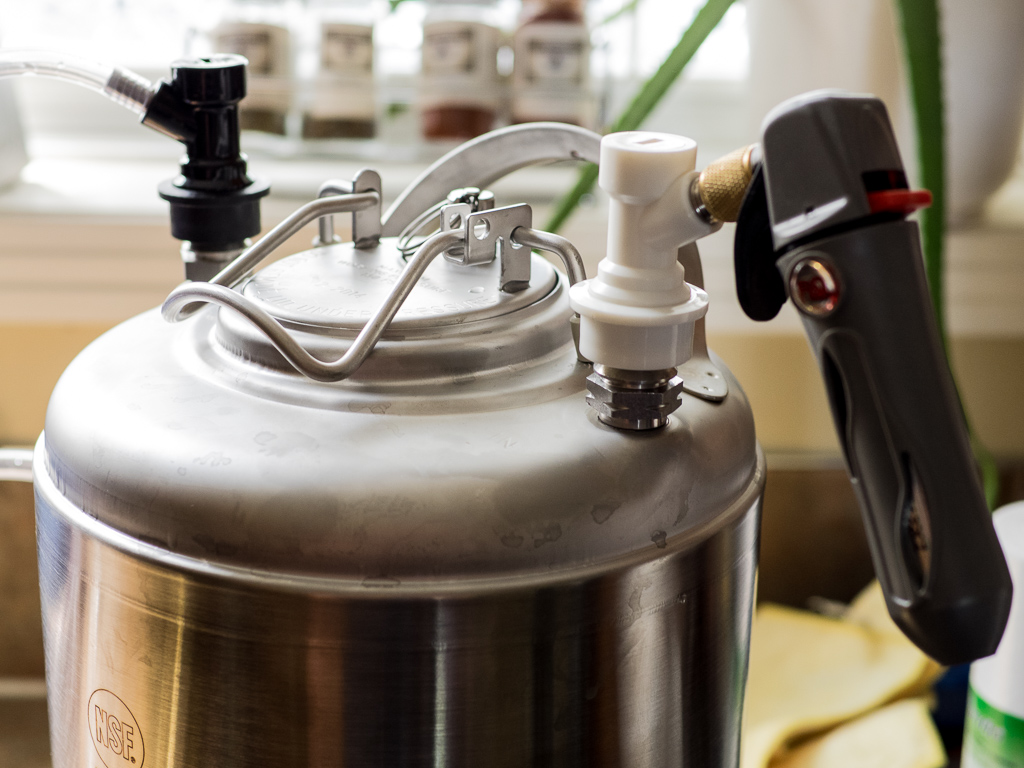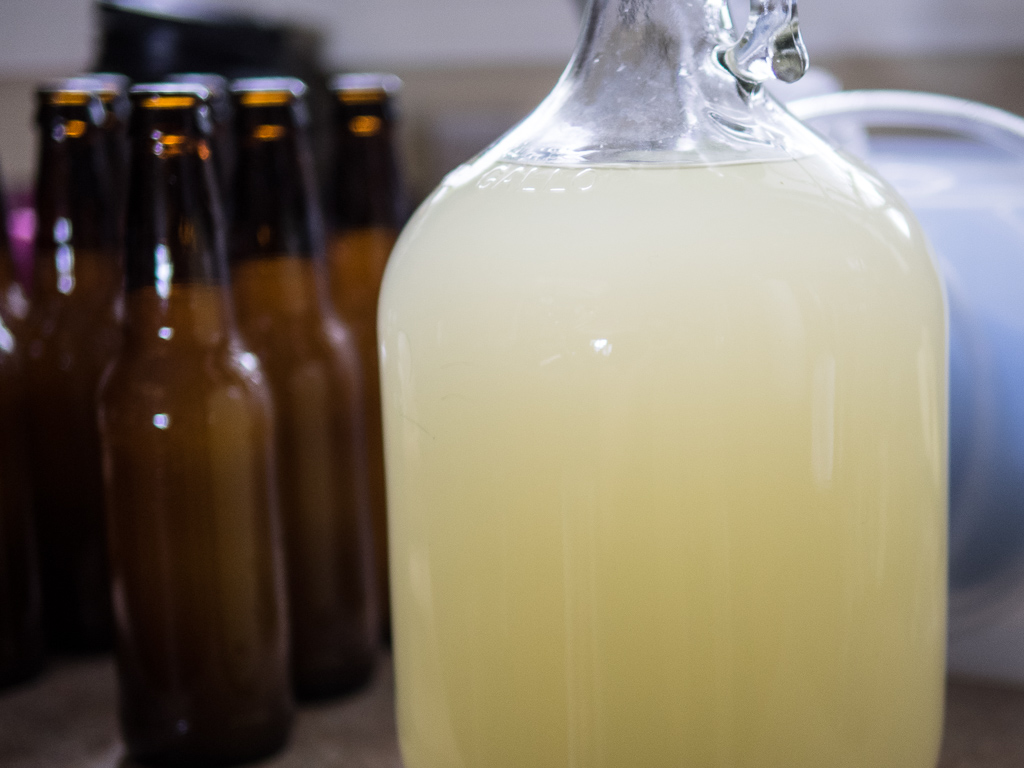Filter Your Sake at Home

How do you filter your precious home brewed sake?
Through patient and moderately effective decantation! – you
Yes, that’s quite alright if you want to follow the very traditional way of doing things, but you don’t have much control on the final resting phases of your sake, and there is lots of waste through decantation.
Erm..there is also bentonite – you
Sure, but the tradeof is a slightly mineral residue that might or might not be important. Most of the time it is actually not that important, and bentonite is an excellent way to clarify your sake.
But it is not enough.
Why do we want to filter our sake anyways?
For one or more of the following reasons:
- To clarify its colour (I’m iffy on this one. Some people used to like their sake transparent, but they probably spread butter over white bread as well).
- To refine its flavour (more valid).
- To remove the yeast at a certain part of the process, hence affecting the flavour and the alcoholic content (oh yeah!)
- [Insert your own reason here]
How do sake companies filter their sake?
We’ve always relied on the efficient work of the tireless sake filtering fairies to concoct the pure and crystalline beverage that people have come to expect from us – sake guy from Japan.
Yes. Sake filtering fairies, or demons, depending on the prefecture. I hear their hair is made of pure carbon fibers, and their skin is asperous, like that of a cat’s tongue.
I have no fairies (or can’t import them from 日本), what else can I do?
Ah, I was in the same situation as you. Decantation was not good enough for me because:
- I wanted to remove the yeast and stop the fermentation without a pasteurization stage.
- My particular batch had too many suspension particles, and decantation was doing zilch.
- I wanted to refine the flavour of my sake a little bit.
- Did not want to use bentonite.
Behold: My home-built filtering rig!

Components:
- One Cornelius-type keg with capacity for 11.3 litres.
- One 25.4cm cylinder for water filtration.
- A 1-micron filter for the above.
- One disconnect for the keg’s output lock.
- One gas disconnect for the keg’s CO2 input lock.
- Two food-grade hose segments, of approximately 30cm each.
- Five very small CO2 cartridges (72 grams each) for experimentation.
- One hand trigger for the CO2 cartridges.
Assembling:
Very simple: The hand trigger holds your CO2 cartridges, and hooks directly to your gas disconnect. The output disconnect goes to the filter through one of the hoses, and the filter’s own output goes to my receiving carboy through the other hose. Easy.
Operation:
Here is the important part, and the thing I did wrong: Filter all of your sake in one go. I did it in two goes because I wasn’t sure about what was going to happen (I was afraid of something exploding, y’know) and thus wasted a lot of CO2 when I opened the tank to pour more of my sake into it.
Don’t do that. Instead do the following:
- Open your keg. Add all of your sake batch, which is probably going to be something close to three gallons.
- Connect system, load filter.
- It will take about one CO2 cartridge to build up the necessary pressure and pour half of your batch through the filter.
- It will take another one to finish the job…
- And finally, one more to clean-up the system afterwards. Very important.
You’d think that the suspension particles of the brew would clog the filter, it being one micron and all, but this is not so. These little things are quite effective, and actually look so delicious after the operation that I kinda wanted to just bite them.

But I didn’t, just in case you were wondering.
Results
Right off the filtration stage, your sake will still look a bit cloudy. Never fear: these particles are quite small, and will almost immediately sink to the bottom into a very fine sediment layer. You can easily reccuperate your almost-clear sake with a syphon.

A 1-micron filter effectively removes approximately 95% of the yeast, so at this point your sake will greatly reduce its fermentation activity. You could pasteurize and bottle right away.
If you really, really must obtain clear sake (for whatever reason, maybe you do like white bread) you could chain up one more filtration stage, but I wouldn’t recommend it. Let your sake have some soul.